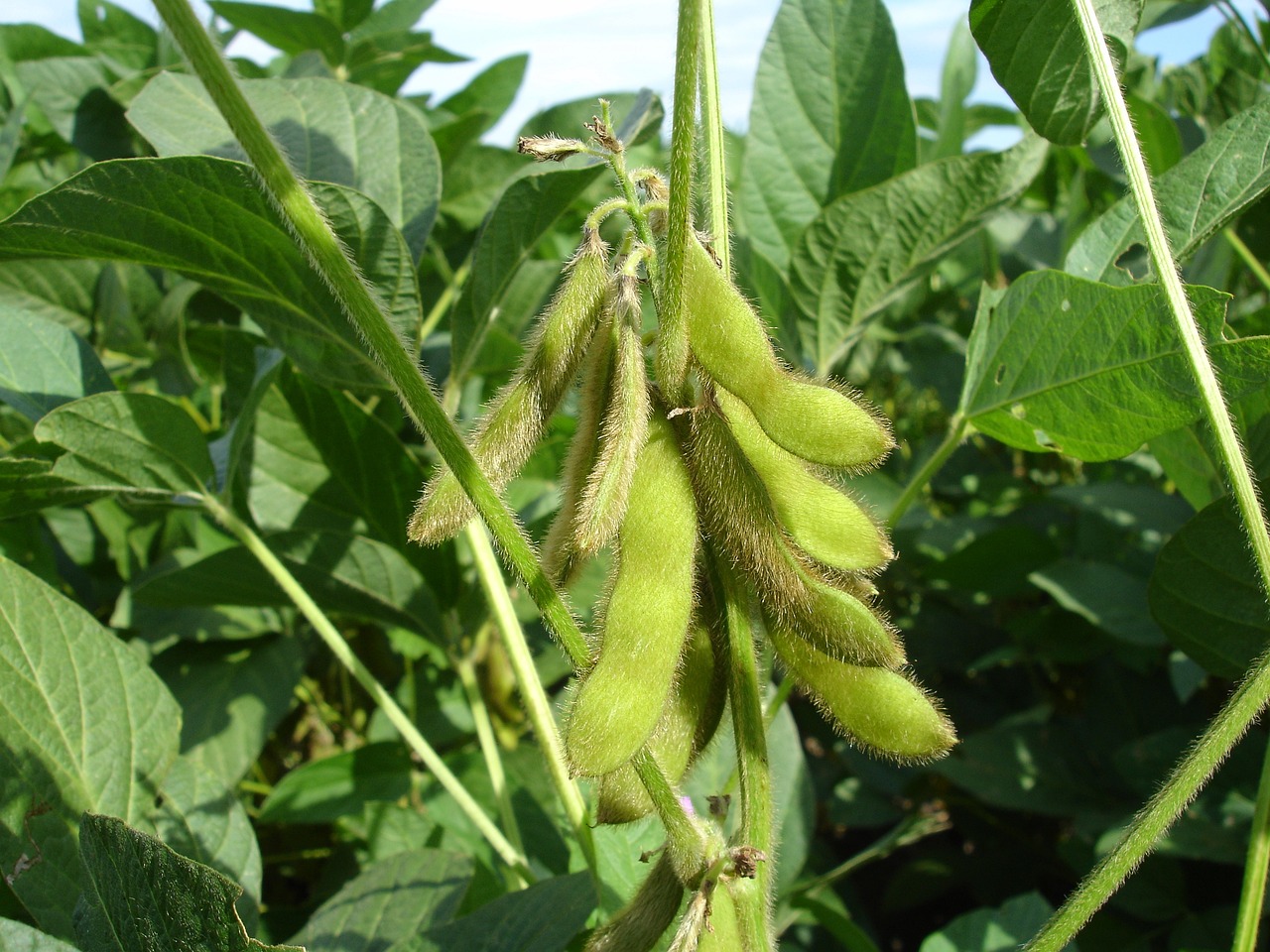


Savings from the use of bio-inputs in Brazil are estimated at USD 15 billion per year (photo: Julio César García/Pixabay)
Published on 04/17/2025
By Ricardo Muniz | Agência FAPESP – Brazil is the world’s largest producer of soybeans and one of the reasons is the incorporation of bio-inputs, microorganisms that promote biological nitrogen fixation. Without this practice, this essential nutrient would have to be supplemented with fertilizer. By managing fertilizer use, Brazilian growers can save an estimated USD 15 billion per year.
The main bio-input used commercially today is bacteria of the genus Bradyrhizobium spp. (rhizobia). In a study supported by FAPESP, this strategy was combined with a new bacterial isolate (PGPR, which stands for plant growth-promoting rhizobacteria). The results were published in the journal Microbiology Ecology.
“We observed that there was greater growth and pod production in the plants, without the microorganisms introduced into the environment affecting the structure of the native microbial community,” says Leandro Fonseca de Souza, a biologist with a postdoctoral fellowship at the Laboratory of Microorganism Genetics at the Luiz de Queiroz College of Agriculture of the University of São Paulo (ESALQ-USP) in Brazil. “In addition, combining these microorganisms has the potential to contribute to the assimilation of phosphorus in the soil by the plant, another important nutrient supplemented by fertilization,” he adds.
Discovery
Bacillus thuringiensis RZ2MS9 was first isolated from the rhizosphere (the area where soil and plant roots come into contact) of Amazonian guarana (Paullinia cupanea, variety sorbilis) and has shown the potential to enhance the growth of soybean and corn in greenhouse and field trials.
This strain is capable of producing siderophores (important molecules for capturing nutrients from the environment), plant hormones, phosphate solubilization and biological nitrogen fixation in vitro. The strain belongs to the microorganism collection of the Microorganism Genetics Laboratory of ESALQ-USP, from which another isolate, Pantoea agglomerans strain ESALQ 33.1, recently gained prominence as a commercial bio-input, developed in a partnership between the company Bionat Soluções Biológicas and ESALQ-USP.
The study broke new ground by demonstrating that in-field application of the microorganism had little effect on the diversity of the soil’s natural potential functions. It also showed that even when functional diversity was affected, the effect was short-lived and lost at the end of a soybean production cycle. This further supports the environmental safety of using B. thuringiensis RZ2MS9 in co-inoculation with bio-inputs already on the market for soybean production.
The article “Co-inoculation with Bacillus thuringiensis RZ2MS9 and rhizobia improves soybean development and modulates soil functional diversity” can be read at: academic.oup.com/femsec/article/101/2/fiaf013/7973005.
Source: https://agencia.fapesp.br/54529